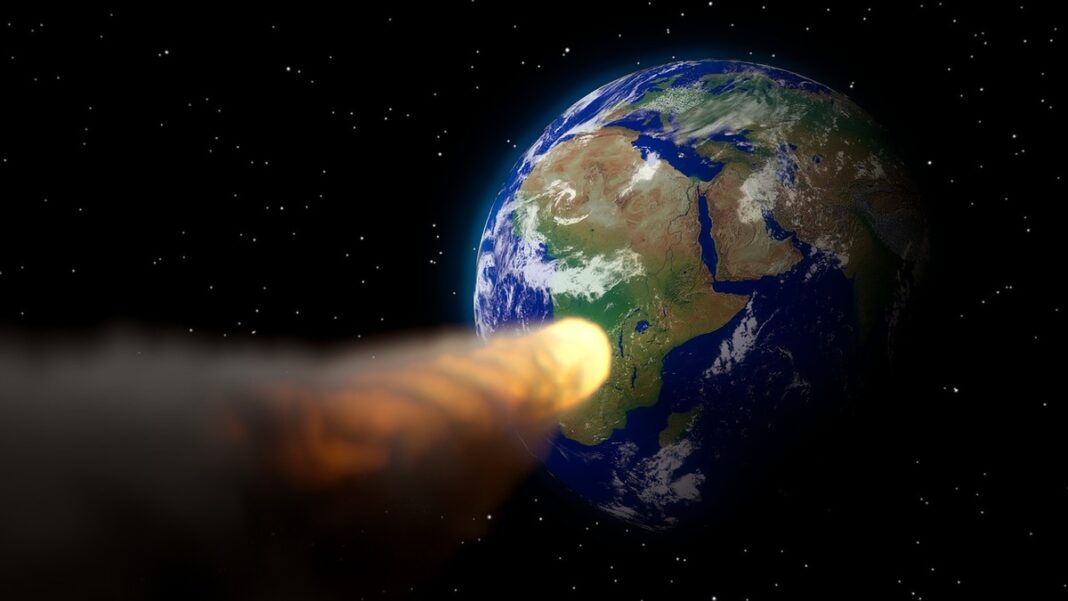UNITED STATES: According to astronomers, a blind spot in our ability to anticipate asteroids that could really inflict damage has been revealed.
On Thursday, an asteroid (the size of a small truck) passed Earth even though it posed no threat to people.
Long before 2023 BU, when a small space rock passed by at 2,200 miles from the Earth’s surface and was more existentially dangerous than some satellites, NASA prioritised finding larger and more dangerous asteroids.
If it was headed for Earth, it would have been destroyed in the atmosphere, with only tiny fragments perhaps making it to the ground.
2023 BU, on the other hand, falls into a size category of asteroids with a diameter of 5 to 50 metres, which includes objects as large as an Olympic swimming pool.
It is challenging to prepare for one that could strike a populated region since objects that big are hard to detect until they travel much closer to Earth.
A 5-meter rock is estimated to target Earth once a year, and a 50-meter rock is estimated to do so once every thousand years, according to NASA.
The likelihood of an Earth being impacted by a space rock in that size range, which is called a “meteor” when it enters the atmosphere, is fairly low.
However, astronomers cannot now predict when a rock like this will strike Earth until days in advance.
Terik Daly, a planetary scientist at the Johns Hopkins Applied Physics Laboratory, remarked, “We don’t know where most of the asteroids that can cause local to regional damage are.”
According to NASA’s Jet Propulsion Laboratory, the 2013 meteor strike that occurred over Chelyabinsk, Russia, occurred around once every 100 years.
Nobody could have predicted it before it impacted Earth’s atmosphere, but it produced a shockwave that broke tens of thousands of windows and cost $33 million in damage.
Some astronomers believe it would be risky to exclusively rely on statistical probability and estimates of asteroid populations when NASA’s detection capabilities could be improved.
How many natural disasters are genuinely avoidable with a billion dollars’ worth of effort? “Only a few exist,” added Daly, whose work involves protecting Earth from potentially dangerous asteroids.
The $1.2 billion telescope NEO Surveyor, which is currently under construction and will launch nearly a million miles from Earth to monitor a large field of asteroids, will be a significant increase to NASA’s detection capabilities.
Compared to current ground-based telescopes, which are limited by Earth’s atmosphere and daytime light, this technology promises to offer a major advantage.
With the use of that new telescope, NASA will be able to achieve its goal of finding 90% of all asteroids larger than 140 metres, or those large enough to wipe out anything from a region to an entire continent.
The relevance of asteroid detection increased last year after NASA crashed a refrigerator-sized spacecraft into an asteroid to test its capability to divert a potentially dangerous space rock away from Earth.
The Double Asteroid Redirection Test (DART), a successful demonstration, confirmed for the first time a strategy for planetary defence.
Especially now that we know from DART that we can actually do anything about it, NEO Surveyor is of the utmost significance, according to Daly.
Also Read: NASA and ISRO to Launch a Space Mission This Year



